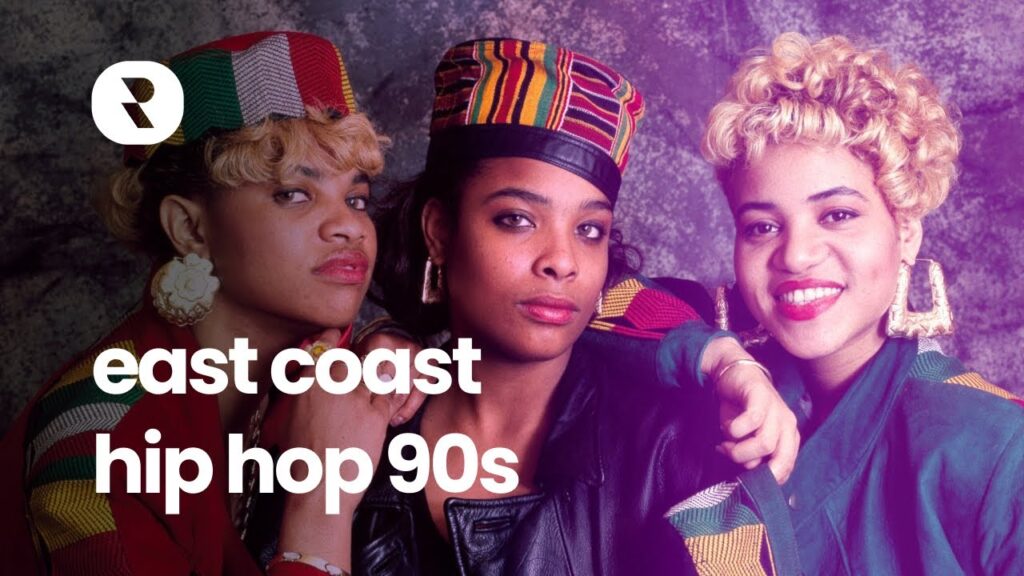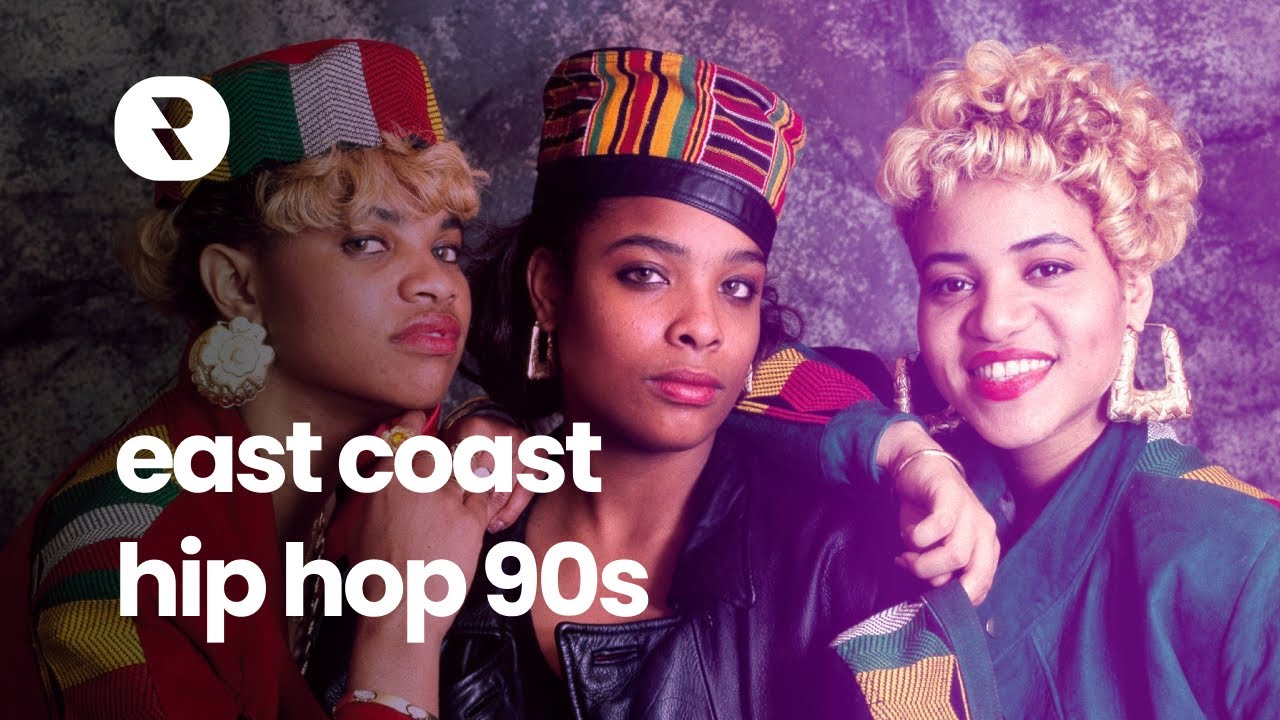
The Golden Era: Exploring the Impact and Legacy of Early 90s Hip Hop Music
The early 90s represent a pivotal era in the evolution of hip hop music. Often referred to as the “Golden Era,” this period witnessed an explosion of creativity, innovation, and social commentary that profoundly shaped the genre and its influence on popular culture. From groundbreaking lyrical styles to innovative production techniques, the early 90s hip hop scene set a new standard for artistic expression and cultural relevance. This article delves into the key characteristics, influential artists, and lasting legacy of early 90s hip hop music.
Defining the Sound: Key Characteristics of Early 90s Hip Hop
Several defining features characterize the unique sound of early 90s hip hop music. One of the most prominent aspects was the emphasis on lyrical complexity and storytelling. Artists like Nas, A Tribe Called Quest, and The Notorious B.I.G. crafted intricate rhymes, vivid narratives, and socially conscious messages that resonated with audiences. Unlike some of the more simplistic rhymes of the 80s, early 90s hip hop showcased a sophisticated understanding of language and rhythm.
Production also played a crucial role in shaping the sound of this era. Producers like DJ Premier, Pete Rock, and RZA pioneered new sampling techniques, blending jazz, funk, and soul samples to create rich and textured soundscapes. The use of live instrumentation became more prevalent, adding a layer of authenticity and musicality to the tracks. The combination of innovative production and lyrical prowess established early 90s hip hop as a distinct and influential sound.
The Rise of Conscious Rap
Early 90s hip hop saw the rise of conscious rap, a subgenre focused on addressing social and political issues. Artists used their music to raise awareness about poverty, police brutality, and systemic inequality. Groups like Public Enemy, KRS-One, and X Clan continued to push boundaries with their politically charged lyrics, challenging the status quo and advocating for social change. This era marked a significant shift in hip hop, transforming it from a form of entertainment to a platform for activism and social commentary.
The Emergence of Gangsta Rap
While conscious rap was gaining traction, early 90s hip hop also witnessed the emergence of gangsta rap. Artists like N.W.A., Ice-T, and Geto Boys depicted the harsh realities of urban life, often focusing on crime, violence, and drug culture. Gangsta rap sparked controversy due to its explicit lyrics and portrayal of controversial subject matter. However, it also provided a voice for marginalized communities and shed light on the struggles faced by many young people in urban America. The raw and unfiltered nature of gangsta rap contributed to the diverse and complex landscape of early 90s hip hop music.
Influential Artists and Albums of the Early 90s
The early 90s hip hop scene was brimming with talent. Here are some of the most influential artists and albums that defined the era:
- Nas – Illmatic (1994): Widely regarded as one of the greatest hip hop albums of all time, Illmatic showcased Nas’s unparalleled lyrical ability and vivid storytelling. The album’s raw and honest portrayal of life in Queensbridge, New York, resonated with audiences and critics alike.
- A Tribe Called Quest – The Low End Theory (1991): This album is celebrated for its jazzy samples, smooth flows, and socially conscious lyrics. A Tribe Called Quest’s innovative sound and intellectual approach to hip hop set them apart from their contemporaries.
- The Notorious B.I.G. – Ready to Die (1994): Biggie Smalls’ debut album established him as one of the most talented and charismatic rappers of all time. Ready to Die‘s blend of street narratives, humor, and introspection made it an instant classic.
- Wu-Tang Clan – Enter the Wu-Tang (36 Chambers) (1993): The Wu-Tang Clan’s debut album revolutionized hip hop with its gritty production, complex rhyme schemes, and unique blend of martial arts and street culture. The album’s success helped launch the careers of several individual members, solidifying the Wu-Tang Clan’s place in hip hop history.
- De La Soul – De La Soul is Dead (1991): A response to the criticism they received after their debut, this album showcased De La Soul’s willingness to experiment and push boundaries. Its eclectic sampling and unconventional approach to hip hop made it a critical and commercial success.
These artists, and many others, contributed to the rich tapestry of early 90s hip hop music, leaving an indelible mark on the genre and popular culture.
The Impact and Legacy of Early 90s Hip Hop
The impact of early 90s hip hop music extends far beyond the realm of music. This era played a crucial role in shaping fashion, language, and social attitudes. The baggy clothes, sneakers, and gold chains that were popular among hip hop artists became fashion staples, influencing trends around the world. Hip hop slang entered the mainstream lexicon, and the genre’s messages of empowerment and self-expression resonated with young people from all walks of life.
Furthermore, early 90s hip hop paved the way for future generations of artists. Its emphasis on lyrical complexity, innovative production, and social commentary continues to inspire contemporary hip hop musicians. Many of today’s top rappers cite early 90s hip hop as a major influence, paying homage to the artists and albums that shaped their own musical styles. The golden era’s legacy can be heard in the music of Kendrick Lamar, J. Cole, and many other contemporary artists who carry the torch of conscious rap and lyrical innovation.
The Enduring Influence on Music Production
The production techniques pioneered in early 90s hip hop continue to influence music production across various genres. Sampling, which was a cornerstone of the era’s sound, remains a popular technique in hip hop, electronic music, and pop. Producers continue to draw inspiration from the rich and textured soundscapes created by the likes of DJ Premier, Pete Rock, and RZA. The emphasis on live instrumentation and musicality also persists, with many contemporary artists incorporating live bands and orchestral arrangements into their hip hop tracks.
The Evolution of Lyrical Content
The lyrical content of early 90s hip hop set a new standard for storytelling and social commentary. The complex rhyme schemes, vivid narratives, and socially conscious messages of artists like Nas, A Tribe Called Quest, and The Notorious B.I.G. continue to inspire contemporary rappers. Many of today’s top artists use their music to address social and political issues, carrying on the tradition of conscious rap that was established in the golden era. The legacy of early 90s hip hop can be heard in the music of artists who use their platforms to raise awareness, challenge the status quo, and advocate for social change.
Preserving the Legacy: Keeping the Music Alive
Preserving the legacy of early 90s hip hop music is essential for future generations. There are several ways to ensure that this important chapter in music history is not forgotten. Supporting independent record stores, attending live performances by early 90s hip hop artists, and sharing the music with younger audiences are all ways to keep the music alive. Additionally, supporting organizations that are dedicated to preserving hip hop culture and history can help ensure that the legacy of early 90s hip hop continues to thrive. [See also: Hip Hop History Preservation]
In conclusion, early 90s hip hop music represents a golden era in the genre’s history. Its emphasis on lyrical complexity, innovative production, and social commentary set a new standard for artistic expression and cultural relevance. The influential artists and albums of this era continue to inspire contemporary musicians and shape popular culture. By understanding and appreciating the legacy of early 90s hip hop, we can ensure that its influence continues to be felt for generations to come. The impact of this era is undeniable, shaping the landscape of music and culture in profound ways. The raw energy, lyrical genius, and innovative production techniques of early 90s hip hop remain a testament to the power of artistic expression and the enduring legacy of a truly golden era. [See also: The Evolution of Hip Hop]
